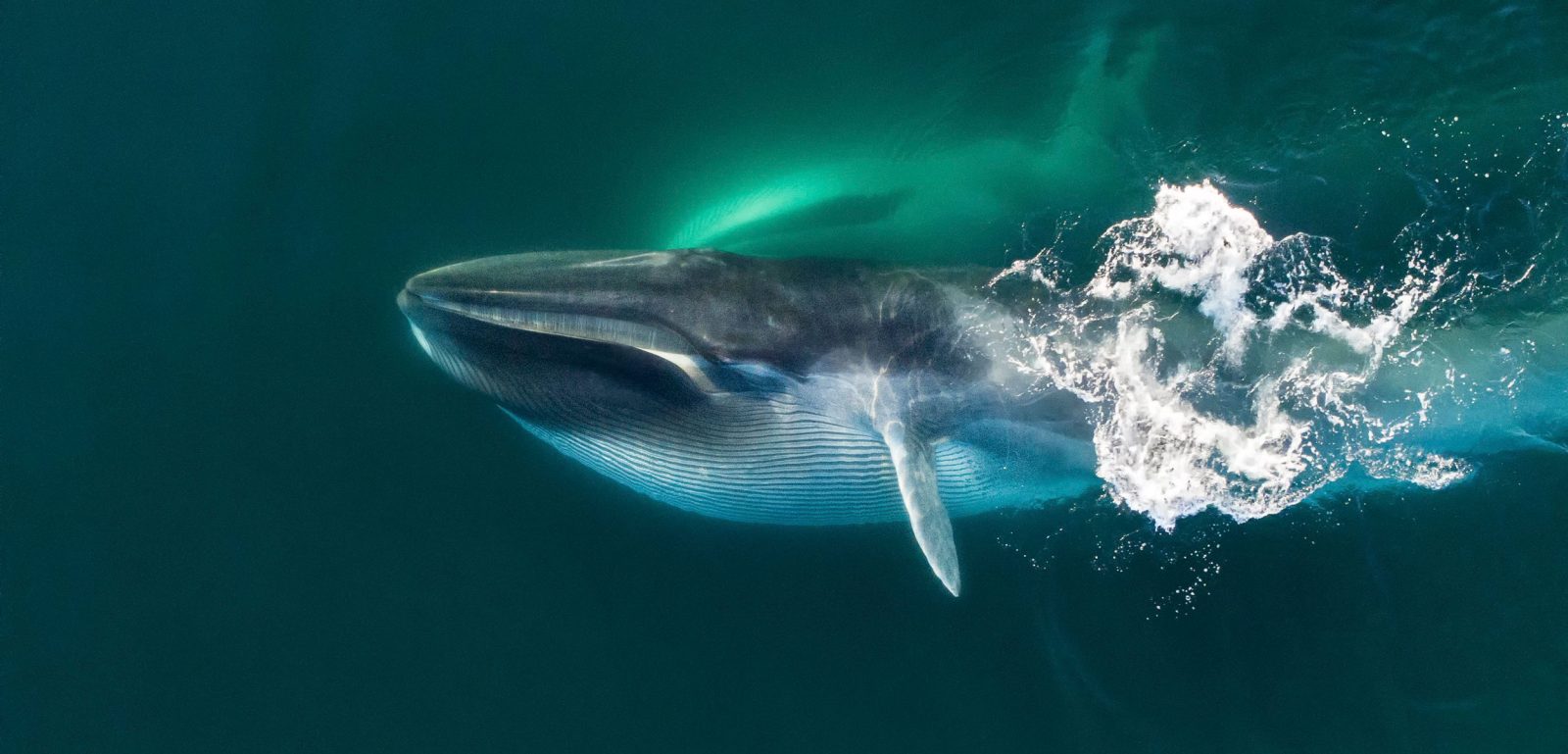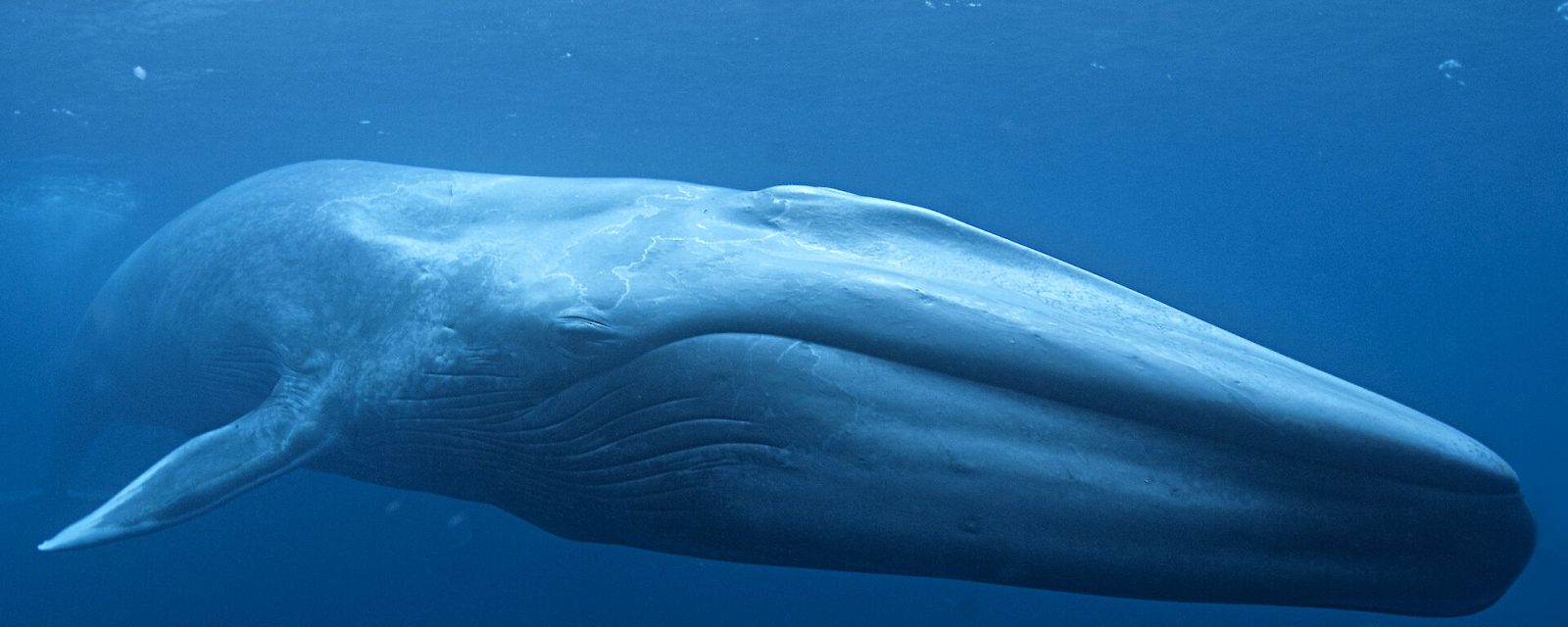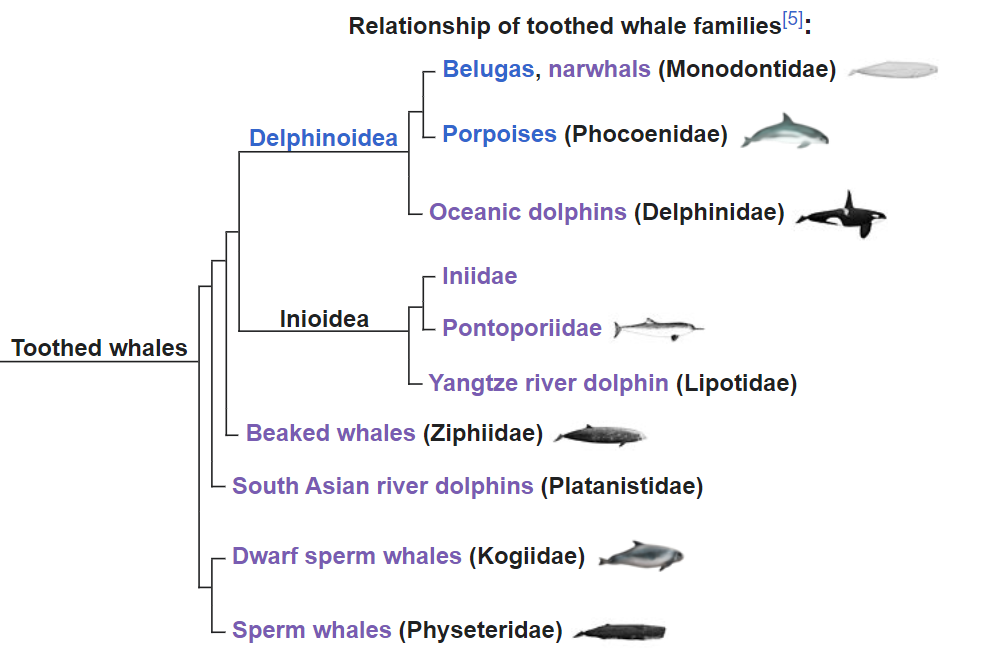Fin Whale
The fin whale which is also known as finback whale or common rorqual and formerly known as herring whale or razorback whale, is the second longest species of whale, with the largest species growing to a reported 27m, and weighing a maximum recorded weight of 74 tonnes, and a maximum estimated weight of 114 tonnes.
It is a fast swimmer, able to outpace the fastest steamships.
There are 2 recognized subspecies, in the northern and southern hemisphere. Around 725,000 southern fin whales were taken during whaling, and there are around 38,000 that roam the oceans as of 1997. Across the world around 112,000 roam the oceans.
Although the genetic differences between the fin whale and the blue whale are considered similar to that of humans and gorillas (they are thought to have been split for 3.5 million years) and hybrids have been recorded from time to time.
Average dives are around 6 minutes, with the longest dives recorded being around 17 minutes.
Found around the world, though not found close to the polar ice caps at either end of the globe. They appear to be clearly migratory, but it has not been possible to fully work out what this migration pattern might be.















